High Jump Mastery: Techniques and Training for Aspiring Champions
If you are looking for guidance and technicalities on the high jump training that allows you to give a twist to your training you are in the right place. In this article we will explore all the important aspects to take into account to create an effective training routine.
The high jump he is not alone one of the disciplines most fascinating inAthletics, but one supreme test of strength, agility and technical precision. This Olympic discipline, which has seen the evolution of extraordinary techniques and records over the years, continues to amaze and inspire athletes and enthusiasts from all over the world.
Whether you are an aspiring jumper or an experienced athlete, understand and perfect the fundamentals of the high jump it is essential to improve your performance and reach new personal goals with high jump training sewn to measure.
In this article, we will explore into depth of the techniques, The workouts and the strategies necessary to excel in the high jump. From the basics of biomechanics to specific training routines, we will provide you with all the information and tools to elevate your jumping technique.
Furthermore, we will discuss the importance ofadequate equipment and how the right choice can significantly influence your performance. Get ready to discover how to transform your approach to high jumping and push yourself beyond your current limits.
Content index
Understanding the Biomechanics of the High Jump

High jumping is a discipline that requires not only strength and speed, but also a deep understanding of biomechanics. To excel, it is essential to know how the laws of physics affect every phase of the jump, from the run-up to the landing. This section explores the principles fundamentals of the biomechanics of jumping and how these can be applied to improve performance.
Fundamental principles of jumping biomechanics
The high jump is made up of different phases, each governed by specific biomechanical principles:
- Approach (Run-up): The approach phase it serves generate velocity and angular momentum necessary for an effective jump. By using a combination of horizontal speed and a curve in the final leg of the run-up, athletes convert some of their kinetic energy into potential energy. The approach must be executed precisely, maintaining a balance between speed and control, to optimize the take-off angle.
- Take-off: This is the crucial phase in which the athlete transforms horizontal speed into vertical force. The secret is the effective use of explosive leg and core strength. The biomechanics of the take-off require an optimal take-off angle and rigid coordination between leg movements, of the arms and bust to maximize theelevation achieved.
- Flight and Exceeding the Bar: During the flight phase, the athlete must manipulate his body to clear the bar while maintaining a technique that minimizes air resistance and maximizes management of the space above the bar. Techniques like “Fosbury Flop” have revolutionized this phase, allowing athletes to arch your back over the bar and land safely on your shoulders.
- Landing: The landing must be soft to absorb the'impact and prevent injuries. Athletes should aim to fall in a controlled manner, using the shoulders and back to distribute evenly weight.
Influence of Physics on Performance
There physics of movement plays a crucial role in high jump performance. The management of kinetic and potential energy, the angle of the body during the jump and the laws of gravity and angular momentum are all factors that, if optimized, can significantly improve the height of the jump. Understanding and applying these principles allows you to refine technique and make the most of the athlete's physical abilities.
Essential Equipment for the High Jump
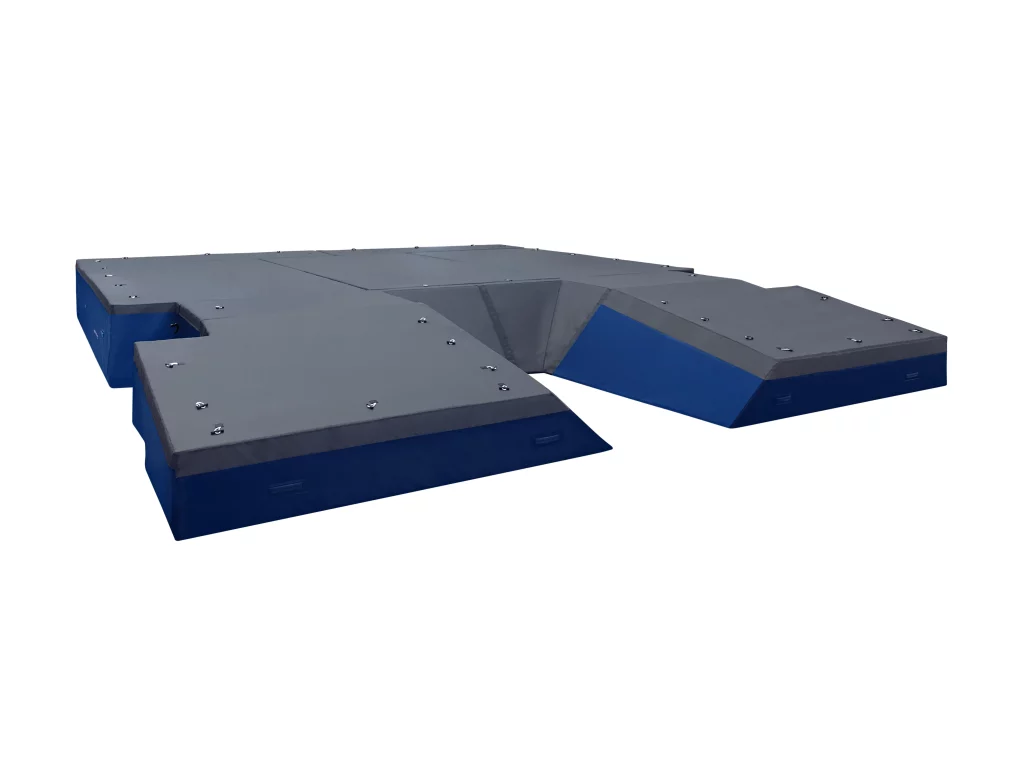
To be successful in the high jump, in addition to technique and physical preparation, it is essential to have theadequate equipment. Choosing the right equipment can make a big difference in your performance and accident prevention. In this section, we will look at the essential elements ofhigh jump equipment, offering advice on choosing the most suitable products based on the athlete's experience level.
High Jump Shoes
Shoes are the most important element important of equipment for a high jumper. These special footwear are designed to offer optimal support, stability and traction during the approach run and takeoff.
- Characteristics: High jump shoes often feature an asymmetrical sole that helps maintain trajectory during the approach turn. The arch support plantar and heel lock are essential to provide the necessary stability during the take-off.
- Choosing the Right Shoe: For beginners, it is important to choose shoes that offer good overall support and moderate jumping assistance. More advanced athletes, however, may prefer shoes with specific technical characteristics that complement their jumping style and physical needs.
High Jump Mattresses
Mattresses are used to ensure a soft and safe landing, reducing the risk of injury.
- Types: There are various types of mattresses, which vary in size, thickness and materials. Thicker, denser mattresses offer better impact absorbency, ideal for athletes who jump at great heights.
- Tips for Choosing: It is essential to select a mattress that complies with high jump safety standards. Beginners might opt for the larger mattresses they offer a surface area larger than the area safety, while expert athletes can choose mattresses with specific shock absorption performance.
Other Accessories
In addition to shoes and mattresses, other accessories may include:
- Rods and height indicators: Useful for measuring and adjusting the height of the bar during practice.
- Technical clothing: Specific high jump clothing, such as tight-fitting shirts and shorts, that do not hinder movement during the jump.
Fundamental Exercises for the High Jump
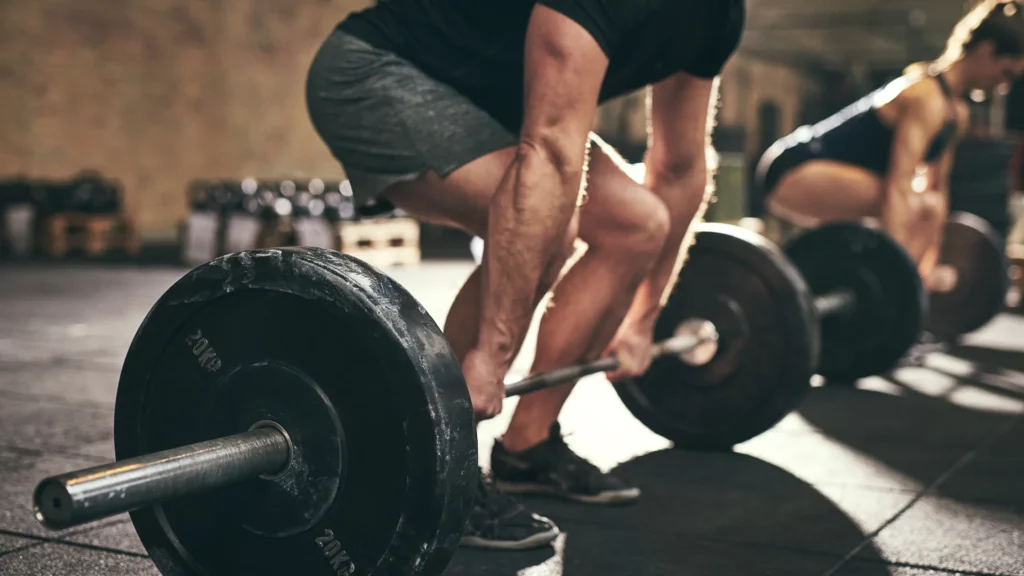
To excel in the high jump it is essential develop leg strength, explosiveness and the flexibility. These components not only increase your jumping ability, but also help prevent injuries. Below, we will explore a series of exercises that every athlete should include in their training regimen to improve in these crucial aspects.
Increase Leg Strength
The legs are the fundamental source of power in the high jump and strengthening them is a priority.
- Squats: Squats are basic to build overall leg strength. They can range from body weight squats to barbell squats to increase intensity.
- Execution: Keep your back straight and lower yourself until your thighs are parallel to the ground, then come back up. Make sure you keep your feet shoulder-width apart.
- Deadlifts: This exercise increases strength in the back and legs, determinants for a powerful take-off.
- Execution: With your legs slightly bent, lift a barbell off the ground to a standing position, keeping your back straight. Then slowly return to the starting position.
- Jump on Plyometric Boxes: They improve the strength and responsiveness of the legs.
- Execution: From a standing position, jump onto a box stable and lands with both feet. Make sure that the box sthat's enough solid to support your weight and the impact of the jump.
Improving Explosivity with Plyometric Exercises
Explosivity is key to converting strength into speed and elevation during the jump.
- Long Leaps: Perfect for developing explosive power.
- Execution: From a standing position, perform a long jump as far as possible. Land with control and repeat.
- Fence Jumping: Improves leg speed and power.
- Execution: Stand to the side of a small barrier, jump over it, and then jump off the side. Maintain speed and minimize ground contact time.
Stretching Routine for Flexibility and Injury Prevention
Flexibility is crucial to performing correct technique and reducing the risk of injury.
- Dynamic Stretching: It should be performed as part of the warm-up, focusing attention on the legs, hips and back.
- Examples: High strides, lateral kicks, torso rotations.
- Static Stretching: To be carried out after workouts to improve long-term flexibility.
- Examples: Tense the quadriceps by pulling the foot towards the glute, stretching the hamstring in a sitting position and reaching the feet, opening the hips into a butterfly position.
Incorporate these exercises into your own regular training program to see significant improvements in your high jumping ability. It is essential to perform all exercises with the correct technique to maximize the benefits and minimize the risk of injury. Do not forget to consult an experienced coach to make sure your routine is balanced and suited to your level preparation and yours sporting goals.
Jumping Technique: From Approach to Landing
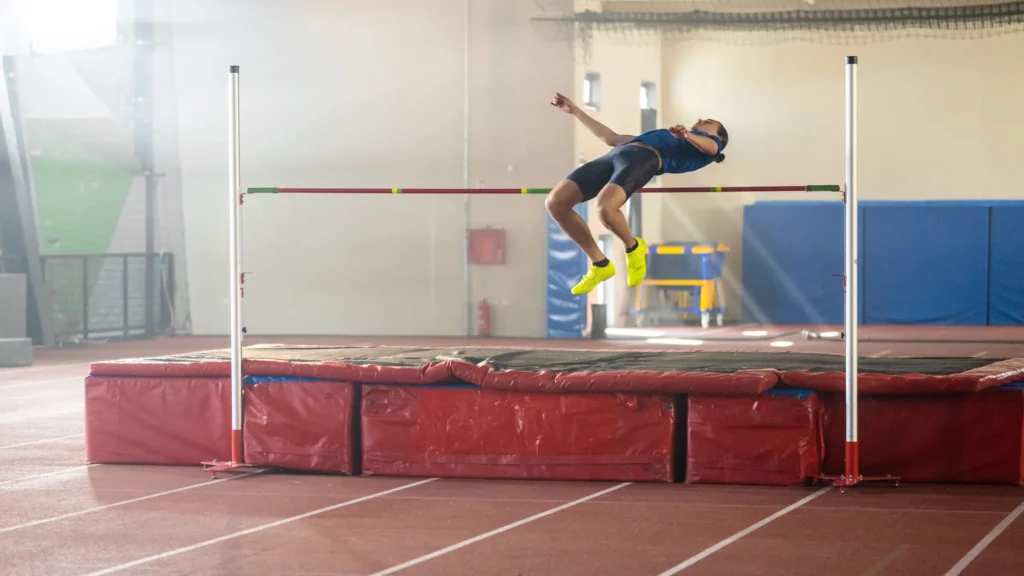
Success in the high jump depends greatly on the technique adopted in each phase of the jump: from the approach, to the take-off, to the flight, to the landing. We will now proceed to examine each of these stages and highlight common mistakes.
Approach
The approach is the initial phase where the athlete gains the necessary speed and prepares for the take-off.
- Technique: The approach should be performed with a curved stroke that gradually narrows. This helps create the right angle and movement for an effective take-off. The speed should increase progressively, with the final steps being the fastest and most powerful.
- Common errors: Starting too fast and failing to maintain speed or losing control during the turn. Another common mistake is not timing the run-up correctly, resulting in a premature or delayed take-off.
Take-off
The take-off is time decisive in which the athlete transforms his horizontal speed into vertical force.
- Technique: The take-off must be performed on one leg (the lead leg), with the body moving from a near-vertical position to an inclined one. The free leg and arms should be raised vigorously to assist in elevation.
- Common errors: Not using enough strength in the lead leg or failing to coordinate the arms and free leg, thus reducing the effectiveness of the jump.
Flight
During the flight phase, the athlete must pass the bar with his body upside down so that your back is positioned above the bar.
- Technique: After the take-off, the athlete should perform a rapid rotation of the back around the bar, keeping the legs apart with the head and shoulders leading the movement.
- Common errors: Not maintaining body control during flight, leading to contact with the bar. Another mistake is not bringing the take-off leg correctly over the bar, compromising the height of the jump.
Landing
Landing is essential to finishing the jump safely.
- Technique: Landing in the high jump occurs on your back, ideally in the central part of the mattress. Athletes should try to land with an arched back and bent legs to absorb the impact.
- Common errors: Landing hard or too close to the bar, which can cause injury or cause the bar to fall during impact.
Personalized Training Plans for the High Jump
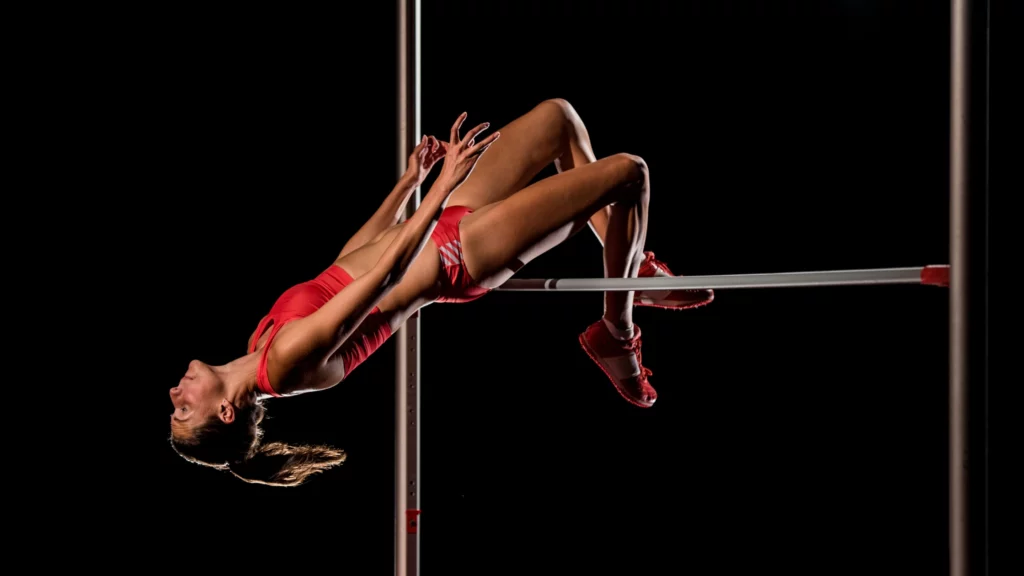
To optimize performance in the high jump, it is basic have a training plan that adapts to the experience level and specific needs of the athlete. Below you will find examples of training plans for beginners, intermediate and advanced, suggestions for weekly structuring and advice for adapting training to the different phases of the sporting year.
Training Plans for Different Levels
- Beginners:
- Goals: Build a general strength base, learn basic jumping technique, increase flexibility.
- Typical Exercises: Squats with body weight, jumps up low plyometric box, light running for physical fitness, dynamic and static stretching.
- Weekly Routine: 3 days a week with a focus on light strength, jumping technique and flexibility.
- Intermediates:
- Goals: Improve strength and explosiveness, refine jumping technique, increase specific resistance for the high jump.
- Typical Exercises: Squats and deadlifts with moderate loads, jumps plyometric box of medium height, approach drill, long leaps, advanced stretching.
- Weekly Routine: 4 days a week, with a combination of strength training, technique sessions and plyometric work.
- Advanced:
- Goals: Maximize power and explosiveness, perfect jumping technique during competitions, maintain optimal performance.
- Typical Exercises: Squats and deadlifts with heavy loads, jumps high plyometric box, technical sessions with video analysis, advanced plyometric exercises, intensive recovery protocols.
- Weekly Routine: 5-6 days a week, with specific focus on every aspect of the high jump and active recovery sessions.
Structure of a Typical Training Week
A typical training week should balance load and recovery to optimize performance without overloading the athlete:
- Monday: Strength training
- Tuesday: Jumping technique and light speed work
- Wednesday: Rest or active recovery (e.g. swimming, yoga)
- Thursday: Plyometrics and explosive training
- Friday: Technical session and approach
- Saturday: Competition simulation or specific high intensity training
- Sunday: Complete rest
Adapting Training During the Competitive Season and the Off-Season
- During the Competitive Season:
- Reduce the volume of strength training to maintain physical freshness.
- Focus more on technique and specific pre-race sessions.
- Implement tapering strategies to maximize race performance.
- During the Off-Season:
- Increase your strength and endurance training load to build a solid foundation for the following season.
- Experiment with new techniques and training methods.
- Spend time on physical recovery and rehabilitation to prevent injuries.
These training plans are examples only and should be customized to the athlete's individual needs, specific goals and training response. Working with an experienced coach is essential to developing an effective and safe plan.
Recommended nutrition and recovery for high jump training

In addition to effective training, nutrition and recovery play crucial roles in maximizing the performance of high jump athletes and preventing injuries. A well-balanced diet and proper recovery strategies can help athletes maintain a high level of performance and speed up the healing process between training sessions.
Nutrition for High Jump Performance
- Carbohydrates: They provide the energy needed for intense training and competitions. Athletes should include complex carbohydrates such as whole grains, pasta, rice and potatoes in their diets to maintain energy levels.
- Proteins: Essential for muscle repair and growth. High-quality protein sources include lean meats, fish, eggs, dairy products and legumes. Athletes should aim to consume protein with every meal and snack to support muscle repair.
- Fats: Important for overall health and energy, especially for long duration workouts. Healthy fats are found in olive oil, nuts, seeds and fatty fish like salmon.
- Hydration: Maintaining good hydration is essential, especially during intense training and competitions. Athletes should drink water regularly throughout the day and make sure to rehydrate after exercise.
- Meal Timing: Eating the right foods at the right time is also critical. Eating a meal or snack rich in carbohydrates and protein after training can help replenish energy stores and speed up muscle repair.
Importance of Sleep and Active Recovery
- Sleep: Sleep is vital for muscle repair, memory consolidation and hormonal regulation. Athletes should aim for 7-9 hours of quality sleep each night. Maintaining a regular sleep routine and creating a quiet, dark environment can improve the quality of your sleep.
- Active Recovery: Active recovery days may include low-impact activities such as swimming, light walking or yoga. These activities help maintain blood circulation without overly stressing the body, thus facilitating the removal of accumulated toxins and the reduction of muscle pain.
- Recovery Techniques: Methods such as massage, foam rolling, and ice or contrast baths can help reduce inflammation and improve mobility.
Analysis of Olympic Champions and their high jump training
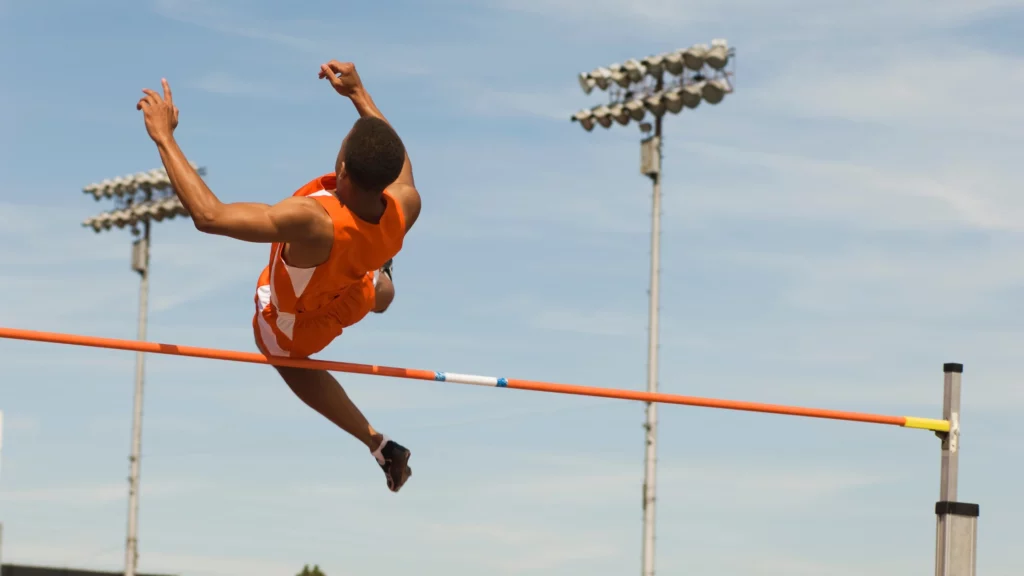
Studying successful high jump athletes can offer valuable lessons and inspiration for aspiring champions. This section examines the profiles of some Olympic high jump champions, highlighting the key strategies and techniques that contributed to their success.
Profiles of Successful Olympic Athletes
- Javier Sotomayor (Cuba): The world record holder in the high jump, Sotomayor set an incredible record of 2.45 meters in 1993. Her training regime was known for its intensity and precision, and her jumping style, the “Fosbury Flop,” is became a standard for high jump technique.
- Stefka Kostadinova (Bulgaria): With a women's world record of 2.09 meters set in 1987 and still unbeaten, Kostadinova shows the importance of consistency and dedication. His preparation for competitions was meticulous, focused on technical perfection and maintaining optimal physical condition.
- Mutaz Essa Barshim (Qatar): In 2021 in Tokyo winner of the Olympic gold (shared with our Gianmarco Tamberi), Barshim is known for his extraordinary flying ability and impeccable technique. His ability to handle pressure in big competitions has been crucial to his success.
Lessons Learned from Their Training and Competitions
- Importance of Mental Preparation: Many Olympic champions attribute a significant portion of their success to mental preparation. Techniques such as visualization, meditation and stress management were key elements in their workouts.
- Refined Technique: High jump technique is crucial. Champions like Sotomayor and Kostadinova spent countless hours perfecting every detail of their jump, from takeoff to landing.
- Personalized Training Regimen: Each athlete has specific needs based on their physicality and jumping style. Personalizing training to fit these needs was a common factor among all champions.
- Serious Recovery: Champions treat recovery as seriously as training. Getting adequate sleep, eating properly, and integrating active recovery activities are standard practices.
- Adaptability: The ability to adapt to different conditions, both environmental and competitive, was essential. Adaptability also extends to the ability to modify workouts in response to injury or other adversity.
Analyzing the journeys of Olympic high jump champions offers insights not only into the technical skills needed to excel, but also into the importance of strong mental preparation, a personalized training regimen, and a serious commitment to recovery. Aspiring jumpers can draw inspiration and practical lessons from these legends to apply on their own path to the top.
Additional Resources

For those who are serious about improving their high jumping skills, there are numerous resources that can enrich their understanding and practice of this discipline. Here are some recommendations for books, online courses, and workshops, as well as research studies that might be helpful.
Recommended Books
- “The High Jump Book” by Cliff Rovelto: This book offers a complete overview of the technique, training and psychology of the high jump.
- “High Jump: Techniques and Training” by Dr. Dietmar Lanske: Another excellent resource covering the technical and physical aspects of the high jump.
Online courses and workshops
- Udemy – High Jump Course: Courses ranging from introductory lessons for beginners to advanced lessons for experienced athletes.
- IAAF Academy: It offers workshops and seminars led by industry experts, ideal for those seeking advanced training and certifications.
Links to Research Studies
- Journal of Sports Sciences: He regularly publishes research on the latest innovations in athletic training and biomechanics.
- PubMed: A vast resource for accessing scientific research studies, with many articles available on high jump techniques and physical preparation.
Are you ready to take your high jump to the next level? Discover our exclusive selection of fall mattresses, designed specifically for high jump athletes like you and you will be able to make yours safer and more complete High Jump training. Visit the page – Falling Zone for High Jump to explore high-quality products that can make a difference in your performance. Don't let anything hold you back from reaching new personal bests!

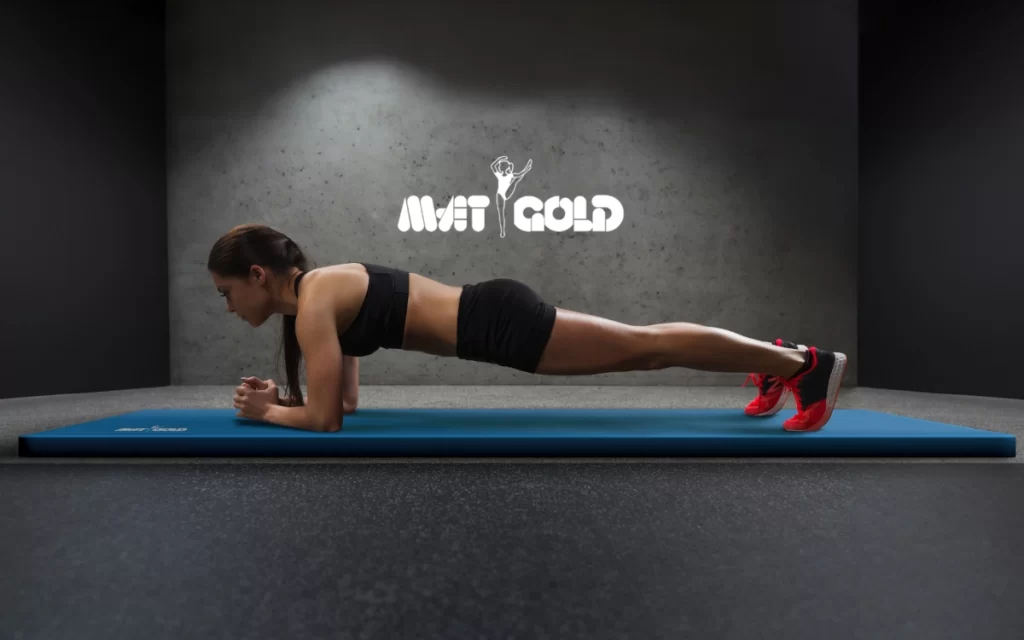




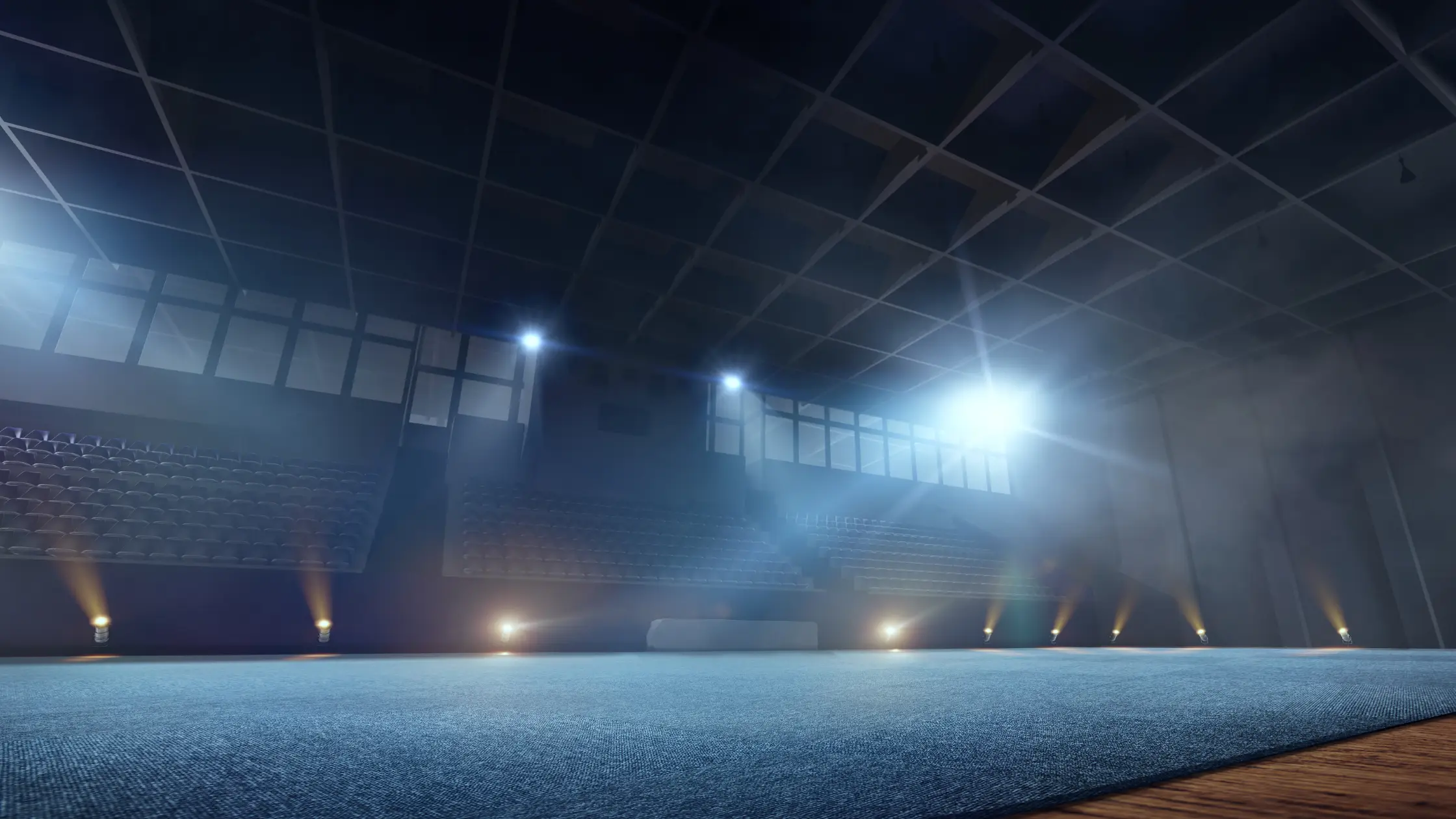

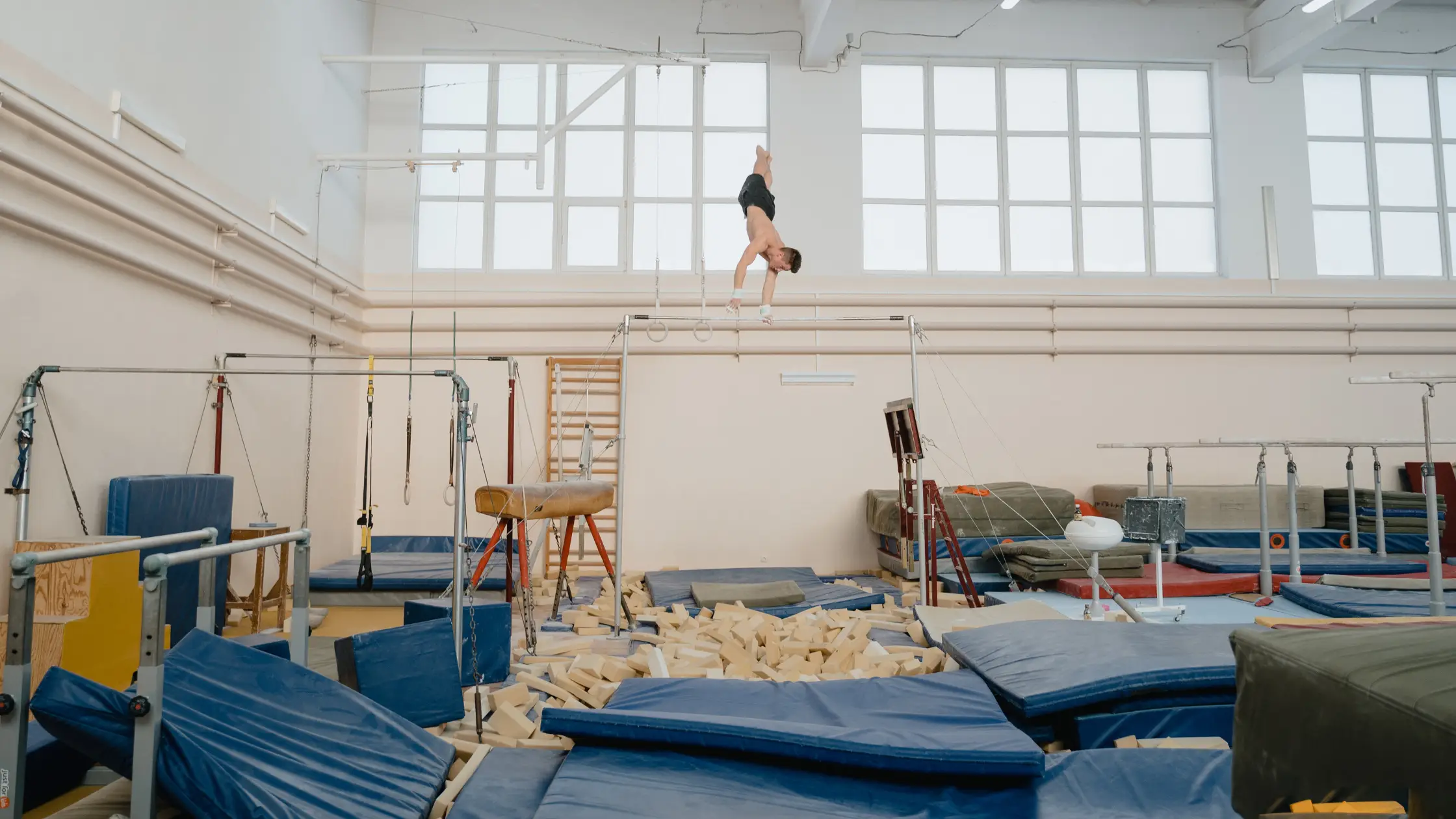
I don't even know how I ended up here, but I thought this post was good.
I don't know who you are but definitely you
are going to a famous blogger if you are not
already 😉 Cheers!
Thanks a bunch for sharing this with all people you
really know what you're speaking approximately! Bookmarked.
Kindly additionally discuss with my site =). We may have a link
alternate arrangement between us